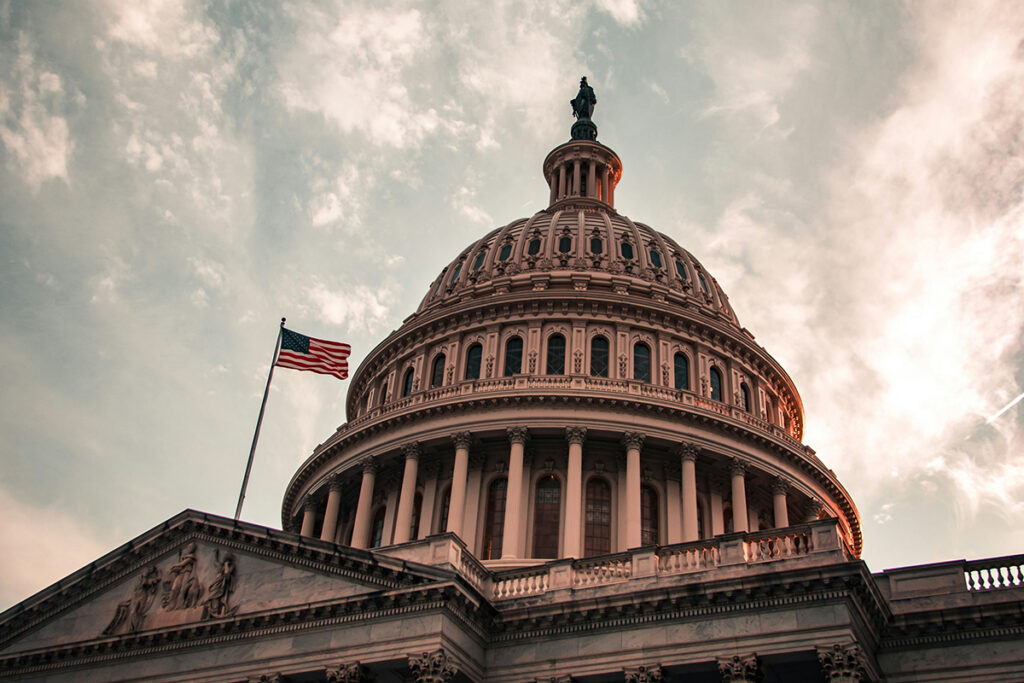Driven by falling energy prices, headline inflation sat at 8.5% in July year over year. With impressive drops in gasoline (-7.7%) and utilities (-3.6%), inflation was unchanged month over month after June’s large 1.3% increase.
Core inflation, stripped of volatile food and energy costs, rose 5.9% over the last 12 months, holding steady at an elevated level. High core prices show that inflation is embedded into the economy and will be watched closely by the Fed leading up to their next interest rate decision in September.
As consumers shift their spending from goods to services, inflation trends have been shifting as well. Durable goods inflation has been more volatile in the past year – improving supply chains and shifts in consumer sentiment have brought it down from earlier highs. But higher demand for services is showing – the services index is up 6.28% from the year before.
A report featuring decreased inflation rates paired with lower expectations of future inflation from consumers are a small comfort to the Fed. Drops in volatile prices will not deter them from raising interest rates in their next meeting, especially as they consider stubborn core inflation and a scorching labor market.
The Fed is intent on cooling the labor market, as rising compensation costs could drive inflation higher down the line, especially services inflation. In June, compensation costs were up 5.1% from the year before. Other measures of wage inflation are showing that while wages are moderating, they are doing so at a high level.
Declining energy prices are not enough to satisfy the Fed, which is sure to be uncomfortable with the stubbornly high core measures. The fight against inflation is still very much underway, but this report hopefully marks the beginning of a more substantial decline.







